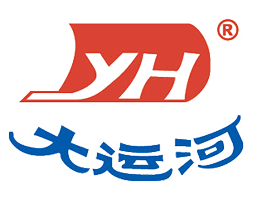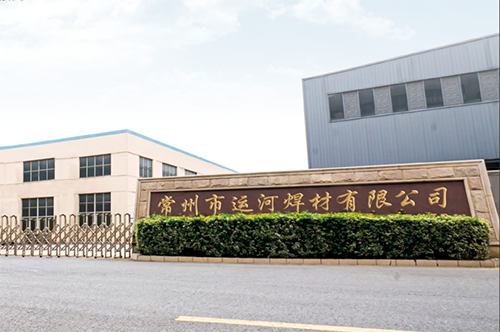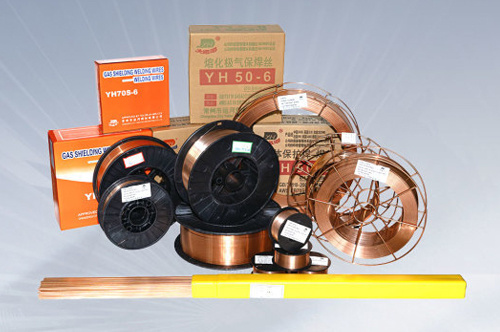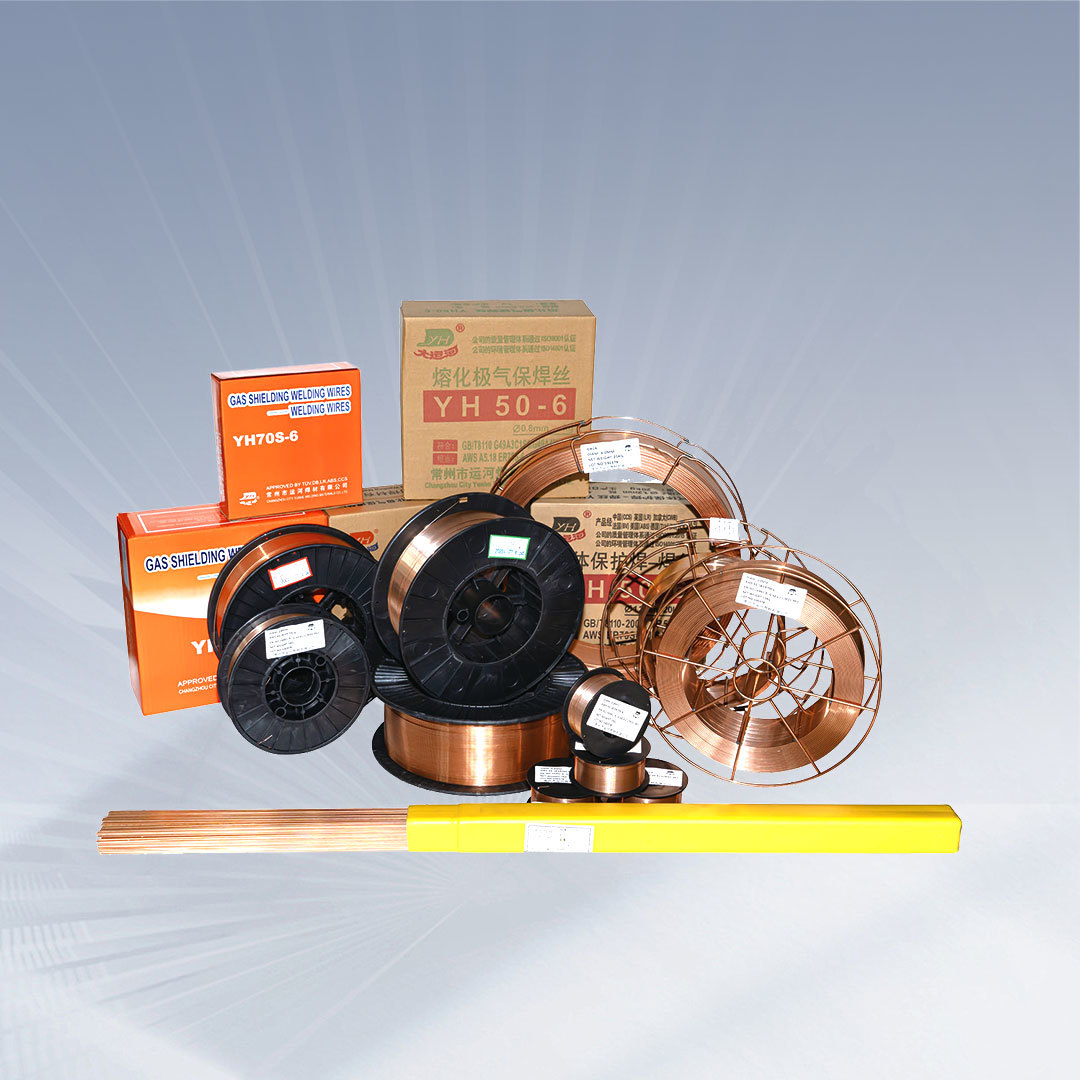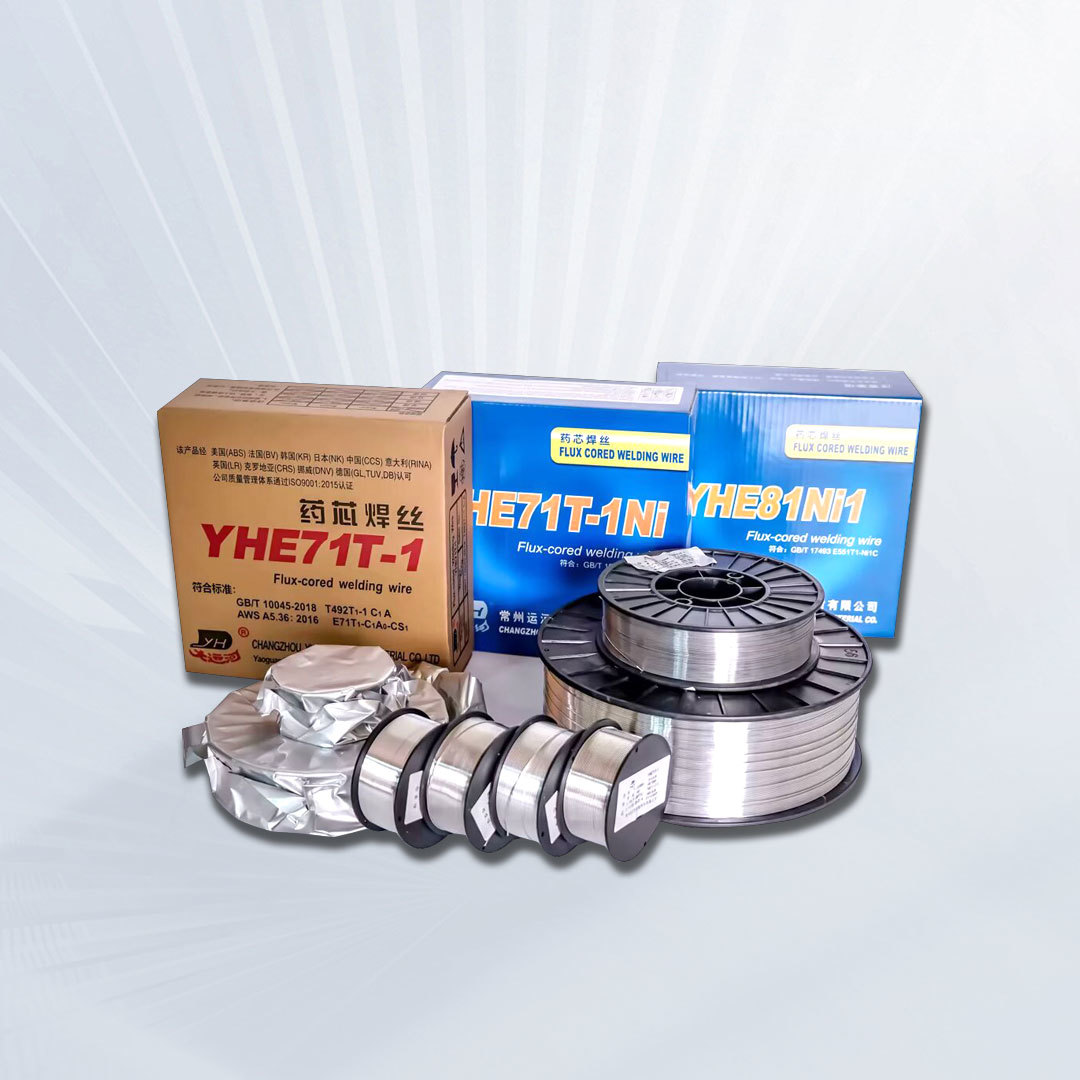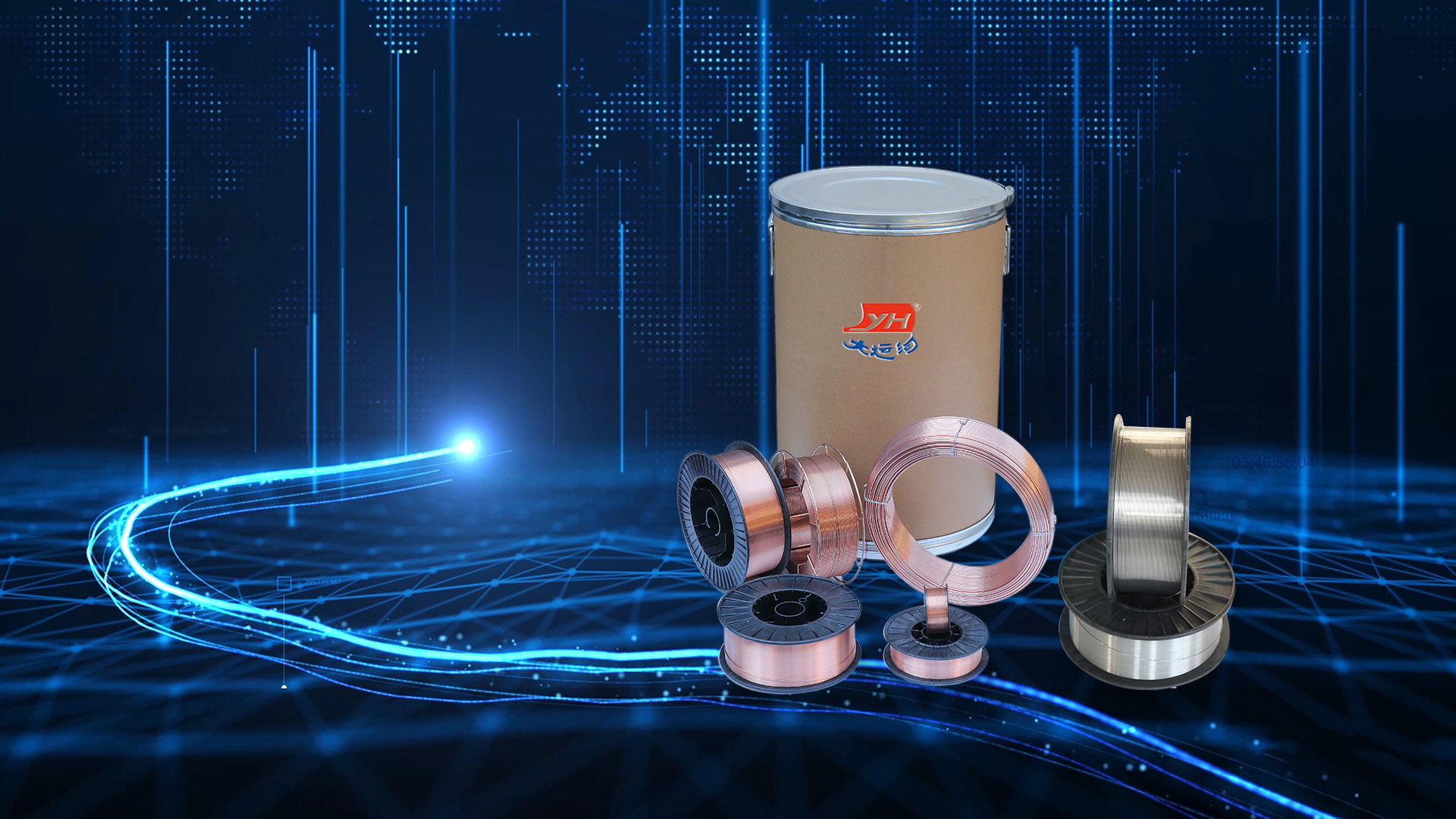Basic knowledge of electric welding machine and welding
Release time:
2021-02-24
Arc is a phenomenon of discharge through gas, which produces a long-lasting and strong discharge in the air gap between two electrodes, called welding arc.
1. What is an electric arc?
Arc is a phenomenon of discharge through gas, which produces a long-lasting and strong discharge in the air gap between two electrodes, called welding arc. Arc is currently a high-temperature heat source that we humans can directly use. Generally, the center temperature of the arc column of a free arc can reach about 8,000 degrees, and the center temperature of the arc column of a compressed arc (plasma arc) is as high as 18,000. Degree above.
2.What is ignition?
We call the ignition of the arc the process of starting to cause gas separation between the two electrodes and electron emission to cause the arc to burn.
3. The following two methods can be used for arc ignition:
The first method is to bring the two electrodes close to each other to a distance of only 1-2mm. At this time, if a high voltage (above about 1000V) is applied between the two electrodes, the electrons on the cathode can be It overcomes the electrostatic attraction of the positive charge inside the cathode and escapes the surface of the cathode, generating an electric field to cause electron emission, causing discharge in the air to form an arc, but this method is very dangerous because of the extremely high voltage.
The second method is to first contact the two electrodes with each other, and then quickly pull them apart to a distance of 3-4mm to ignite the arc. In fact, the welding arc is used as a method to ignite. For example: first the end of the welding rod connected to the welding power source is in contact with the surface of the weldment, and then the welding rod is quickly pulled to a gap of 3-4mm from the surface of the weldment, then the arc is in the gap between the electrode and the weldment Burned. The success of the welding arc ignition is also related to the following factors: welding current intensity, ionized substances in the arc, no-load voltage of the power source and its characteristics. If the welding current is large, there are elements that are easily ionized in the arc, and when the no-load voltage of the power source is high, the ignition of the arc is easy.
4. Explanation of terms:
Several nouns related to arc:
Welding voltage (arc voltage): Corresponding to the agreed voltage during the actual measurement of the welding machine, it is the voltage drop across the arc (between the two poles or between the electrode and the workpiece), including the cathode voltage drop, the extreme voltage drop and the arc Column pressure drop.
Welding current: the current flowing through the welding circuit during welding.
Arc ignition voltage: the voltage that can ignite the arc.
Molten pool: The liquid metal part with a certain geometric shape formed on the weldment under the action of the welding heat source during welding.
Arc crater: During arc welding, the low-lying part of the metal formed at the end of the weld bead due to improper operation when the arc is broken or extinguished.
Arc stability: the degree to which the arc maintains stable combustion (no arc breaking, drift, magnetic bias, etc.).
Arc stiffness: The degree to which the arc is straight along the electrode axis under the effects of thermal contraction and magnetic contraction.
Arc force: the mechanical force of the welding arc on the surface of the droplet, molten pool and base metal.
Arc partial blow: During the welding process, the arc center deviates from the electrode axis due to the interference of the air flow, the effect of the magnetic field or the eccentricity of the electrode.
Magnetic bias blow: During DC arc welding, the arc blow caused by the electromagnetic force or magnetic field generated by the welding circuit.
Melt drop: During arc welding, a drop of liquid metal formed at the end of the electrode (or wire) and transferred to the molten pool.
Droplet transfer: The process of droplet transfer through the arc space to the molten pool. There are coarse drop transitions, excessive short circuits, and jet transitions.
Polarity: the connection method of the weldment and the positive and negative poles of the power output during DC arc welding or arc cutting. There are two types of connection: forward connection and reverse connection.
5. Introduction to common arc welding methods:
Arc welding is currently a widely used welding method. Including: manual arc welding (S.M.A.W), submerged arc welding (S.A.W), tungsten gas shielded arc welding (TIG), plasma arc welding (PAW), molten electrode gas shielded welding (GMAW), etc. Most arc welding uses the arc burning between the electrode and the workpiece as the heat source. When forming the joint, filler metal may or may not be used. When the electrode used is the welding wire that melts during the welding process, it is called fused electrode arc welding, such as manual welding, submerged arc welding, gas shielded welding, tubular wire arc welding, etc.; the electrode used is carbon that does not melt during the welding process In the case of rods and tungsten rods, it is called non-melting electrode arc welding, such as argon tungsten arc welding, plasma arc welding, etc. It is easier to weld thin metal plates and pipes with plasma arc welding.
